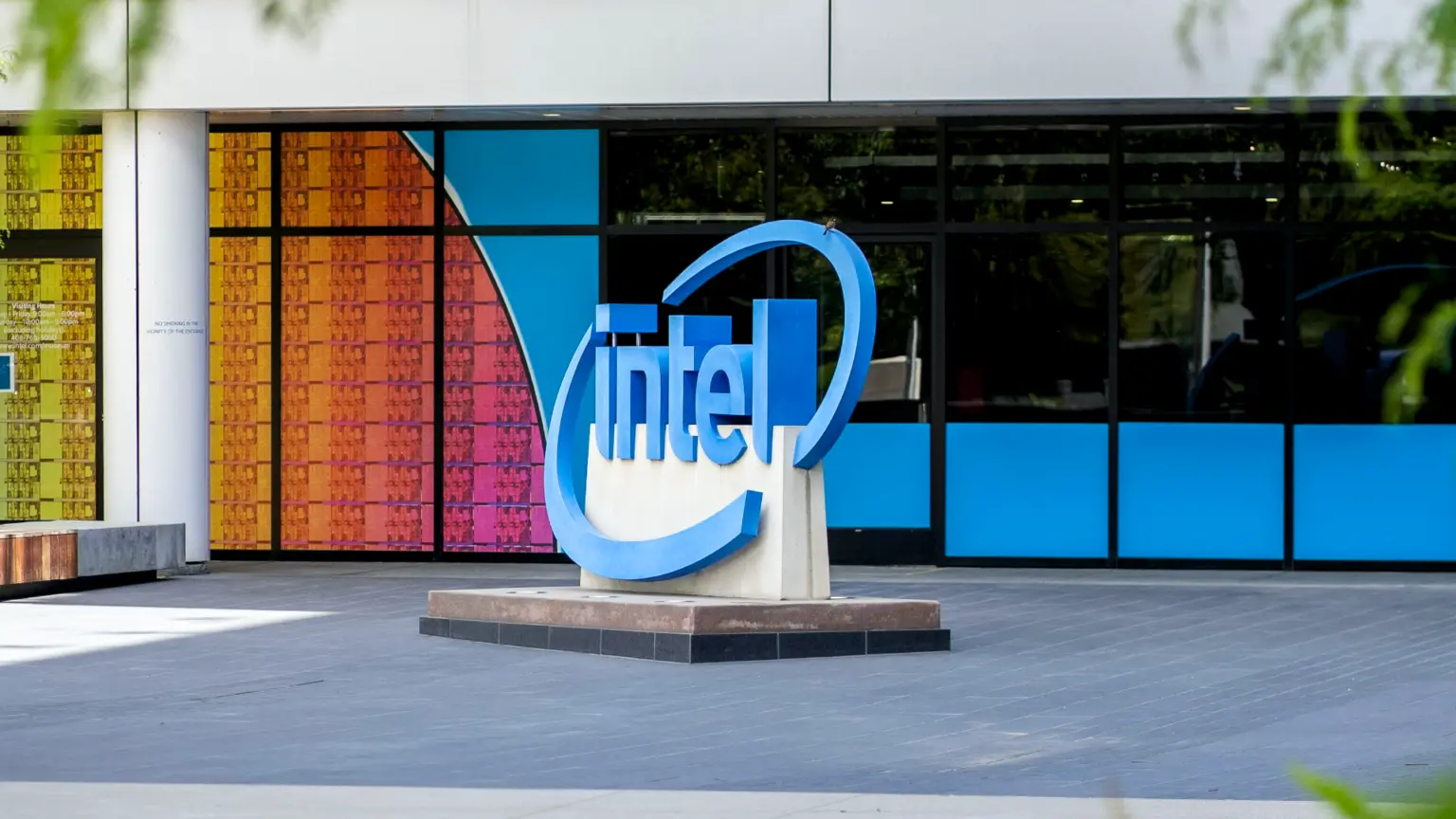Intel has announced that this Thursday it will reveal technical details of its new mobile chip, Panther Lake, the company’s first product to be manufactured entirely on the 18A process. It’s an important moment: Intel is trying to regain investor confidence after a series of stumbles at advanced technology nodes.
Panther Lake is the flagship processor for premium laptops, designed for high performance and energy efficiency. Lower power consumption is expected to be around 30 per cent compared to the current generation, with an increase in computing power of up to 50 per cent in certain scenarios. The chips are expected to hit the market in early 2026.
Intel last week held a series of technical presentations and tours of its Arizona facilities, including the new Fab 52 plant to support Panther Lake production. The company detailed its redesigned AI engine, CPU and GPU cores, power technologies and microarchitecture.
However, the key challenge – production yield – remains in doubt. According to earlier reports, the yield (‘yield’) for Panther Lake remains low: the company reported that around 10 per cent was achieved during the summer, up from around 5 per cent at the end of last year. However, it was not stated how many of the units produced met the highest quality requirements.
This point is key: if Intel does not improve yields to levels that allow profitable mass production, even impressive technical performance may not be enough.
The market situation does not make the task any easier. Intel reported a loss of US$2.9 billion in the second quarter and threatened to suspend work on the future Node 14A if it did not find a key customer. At the same time, the company raised funding from SoftBank and Nvidia, and a grant was transformed into a 9.9 per cent stake in Intel under the CHIPS law
Panther Lake could be the key in Intel’s new strategy – either a symbol of rebirth or a reminder of how far the company has fallen behind the competition. On Thursday, we will learn more technical details that could give the first clear indication of whether the 18A process is ready to become the foundation of Intel’s new era.












